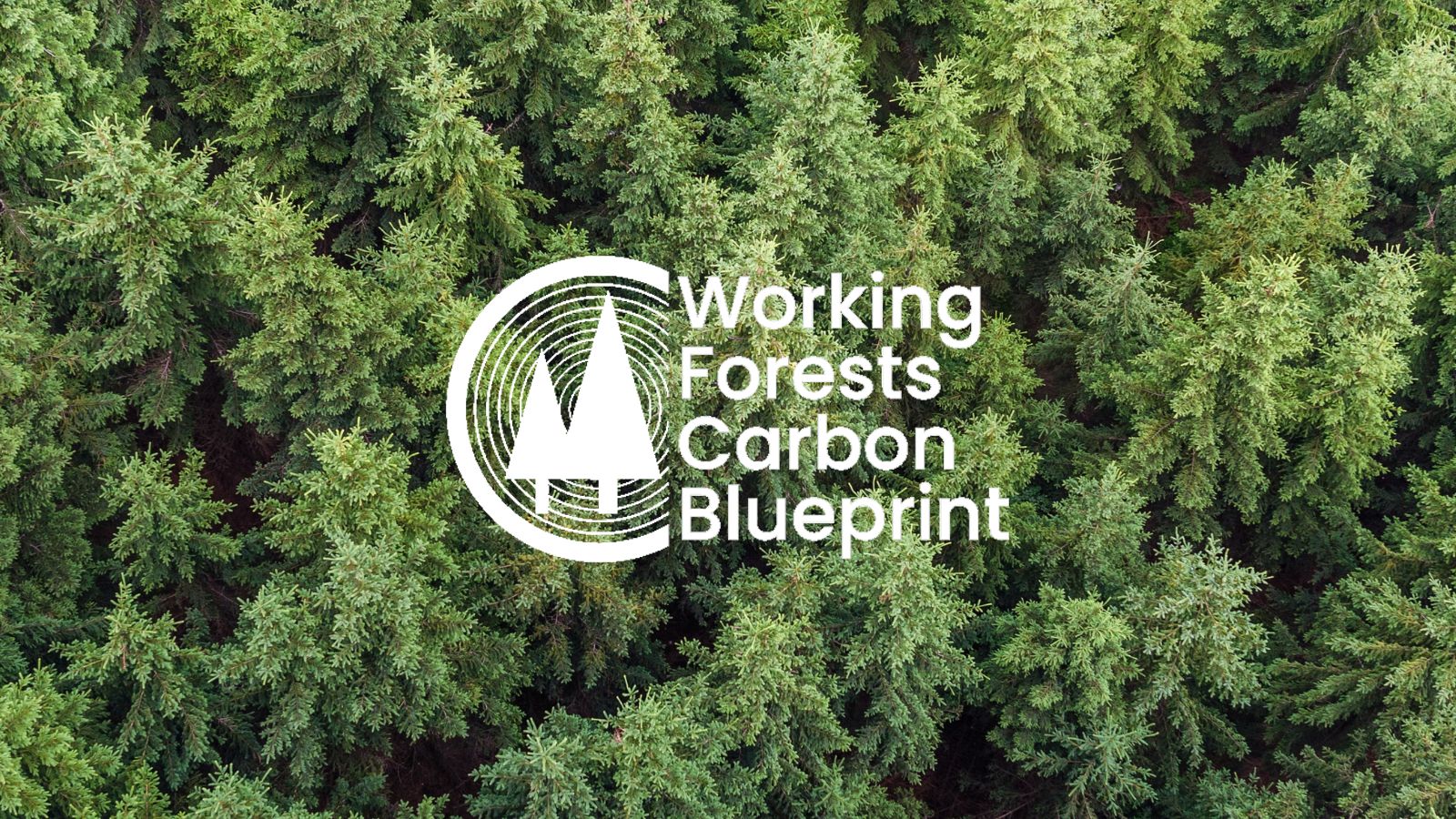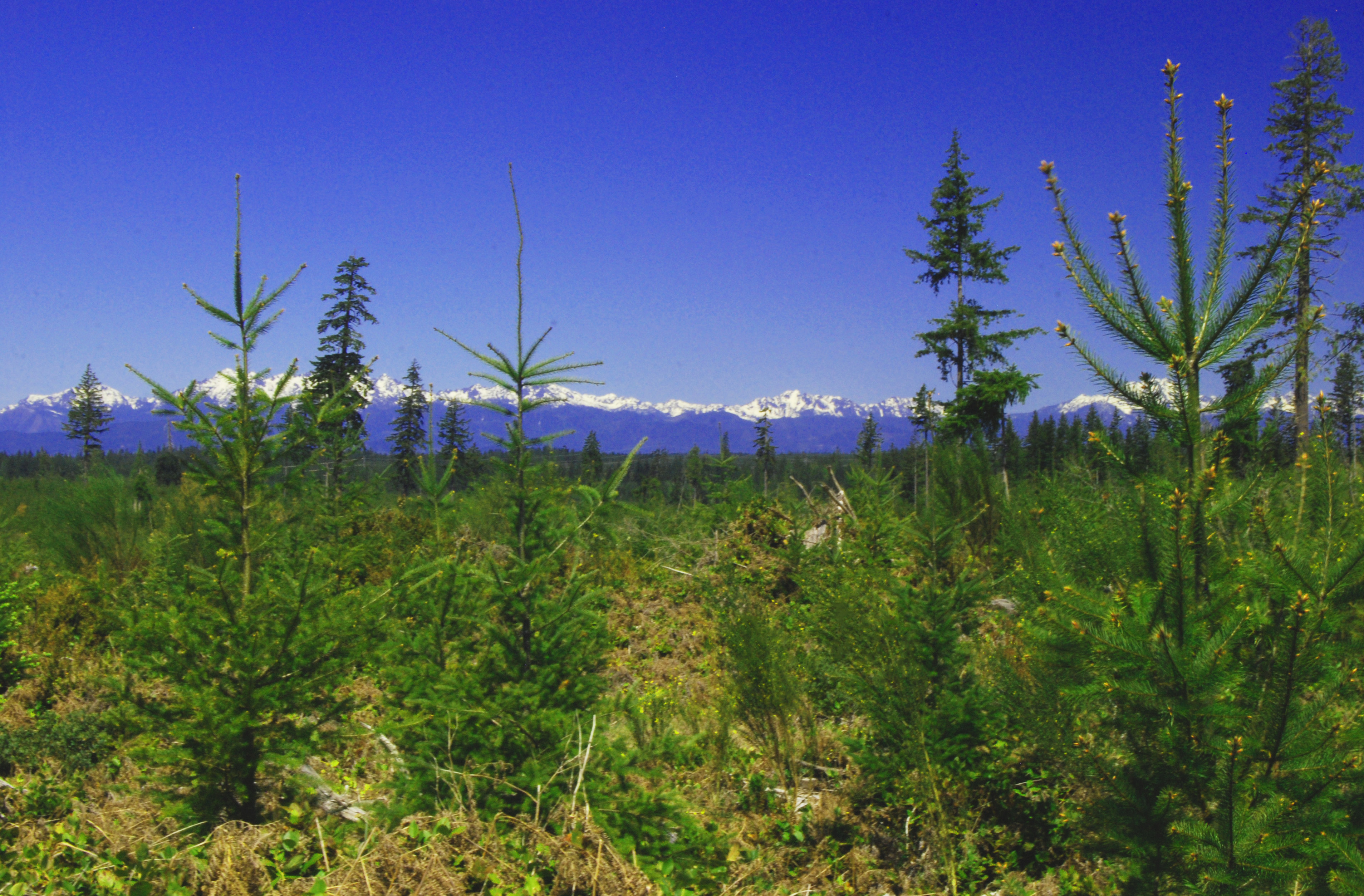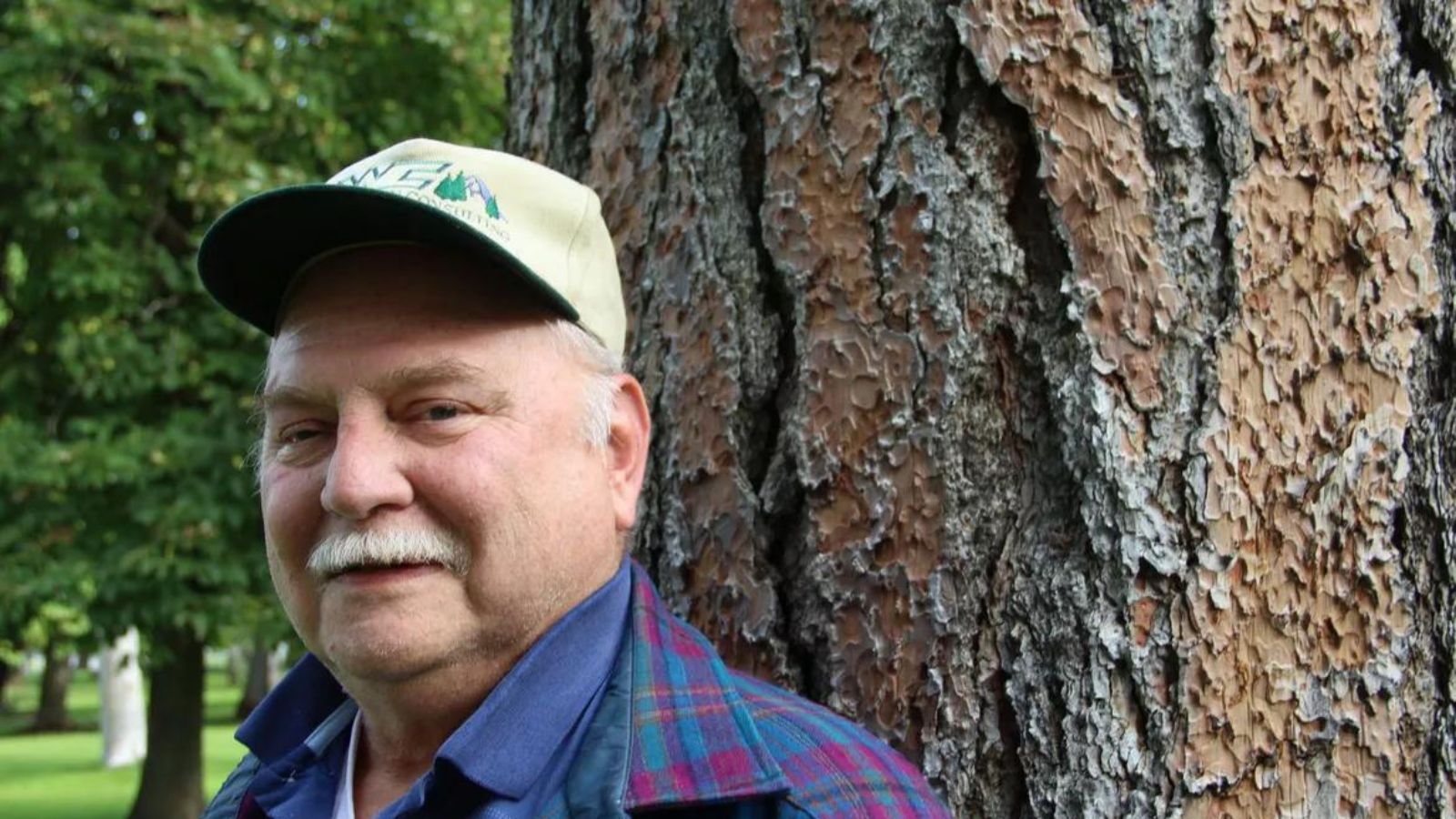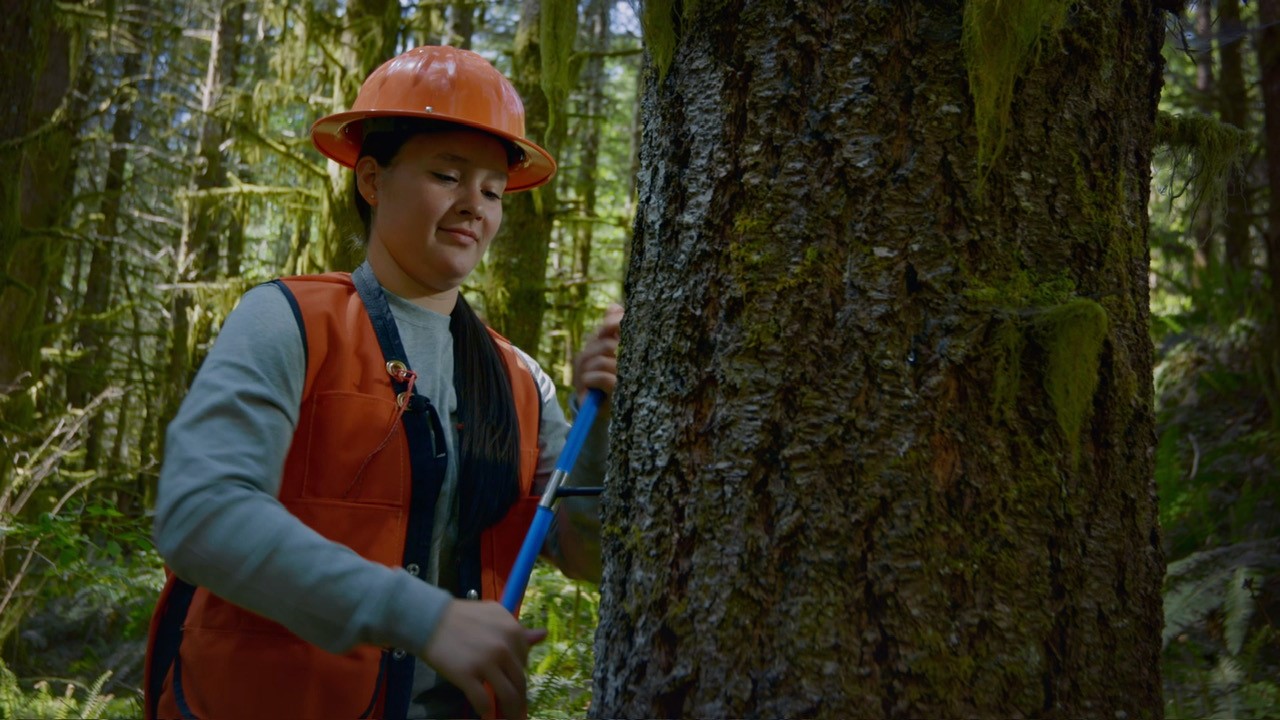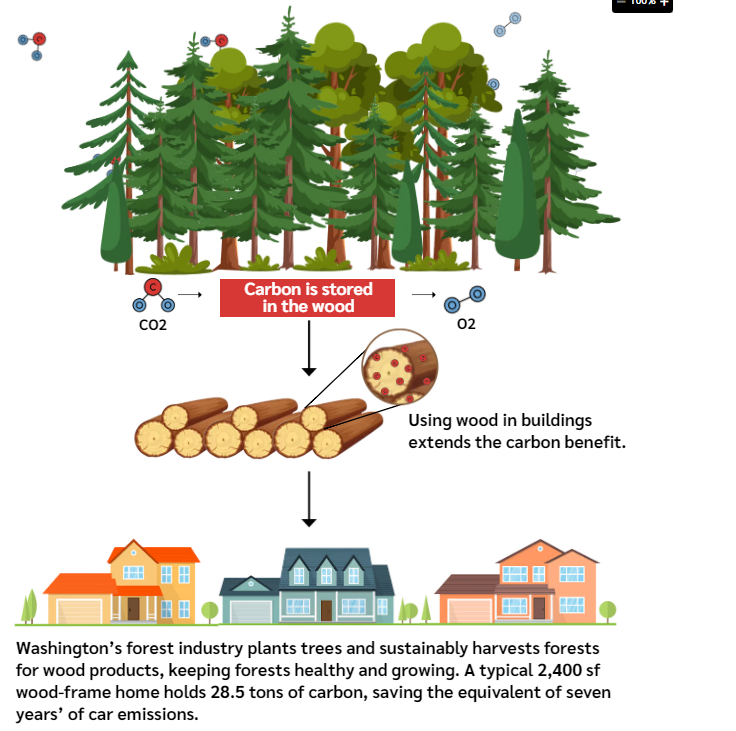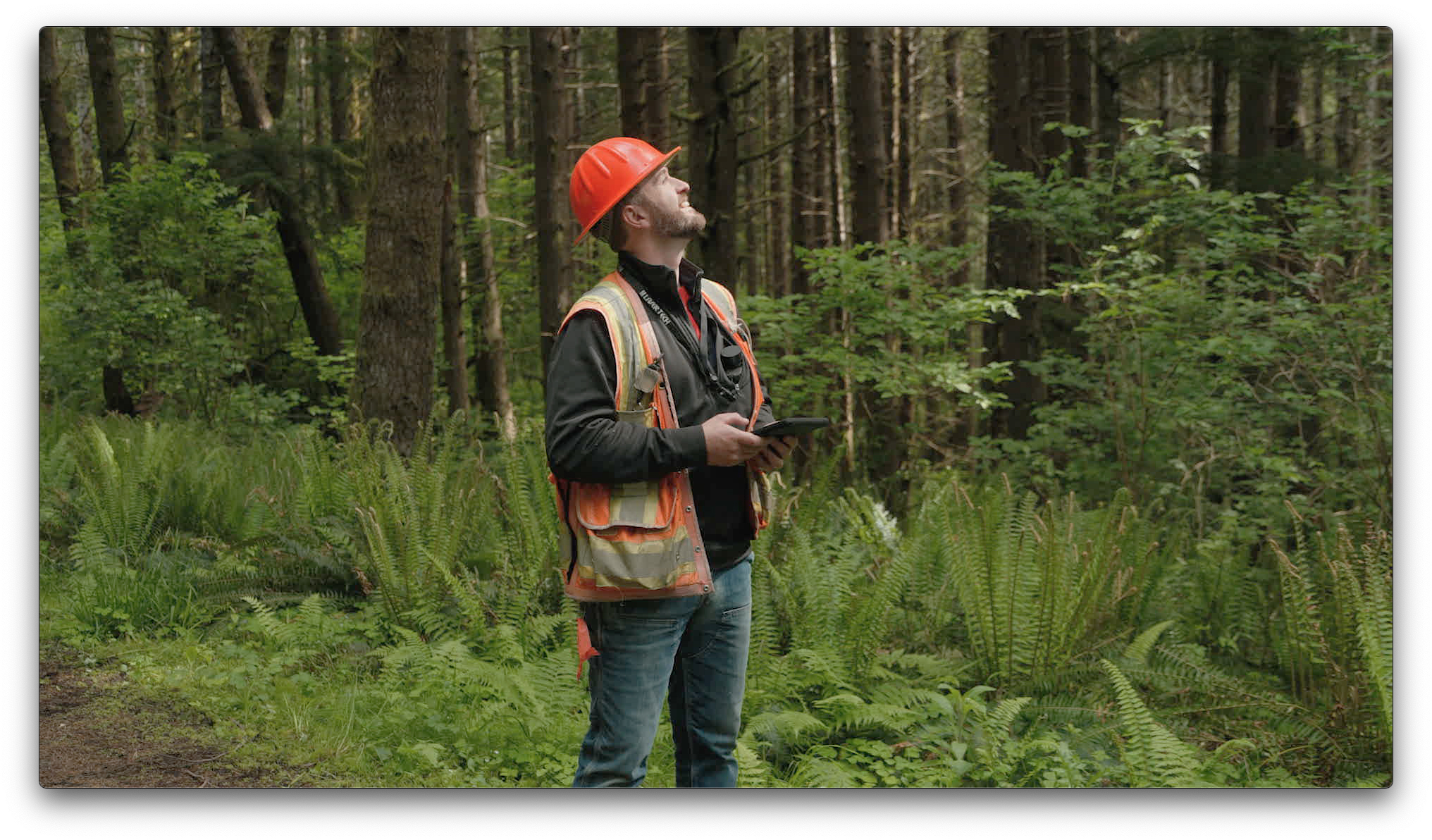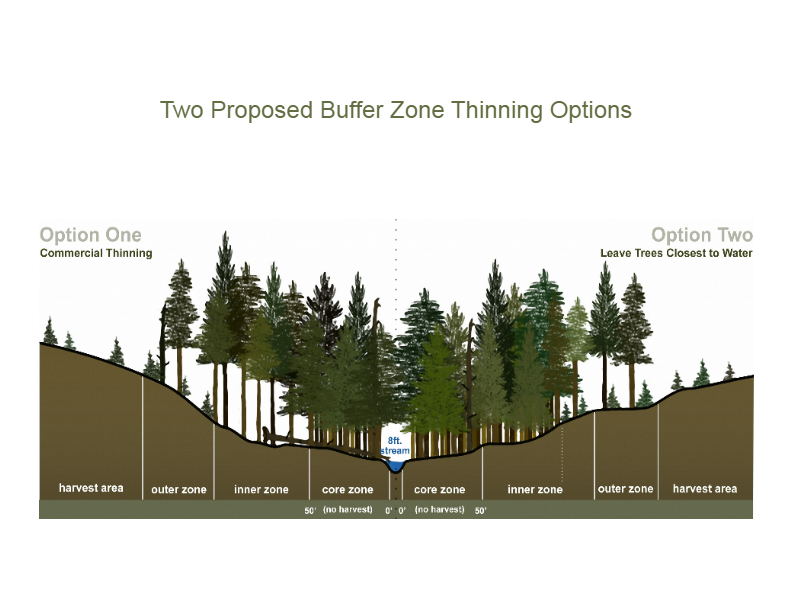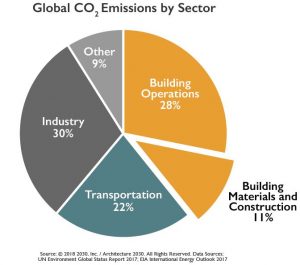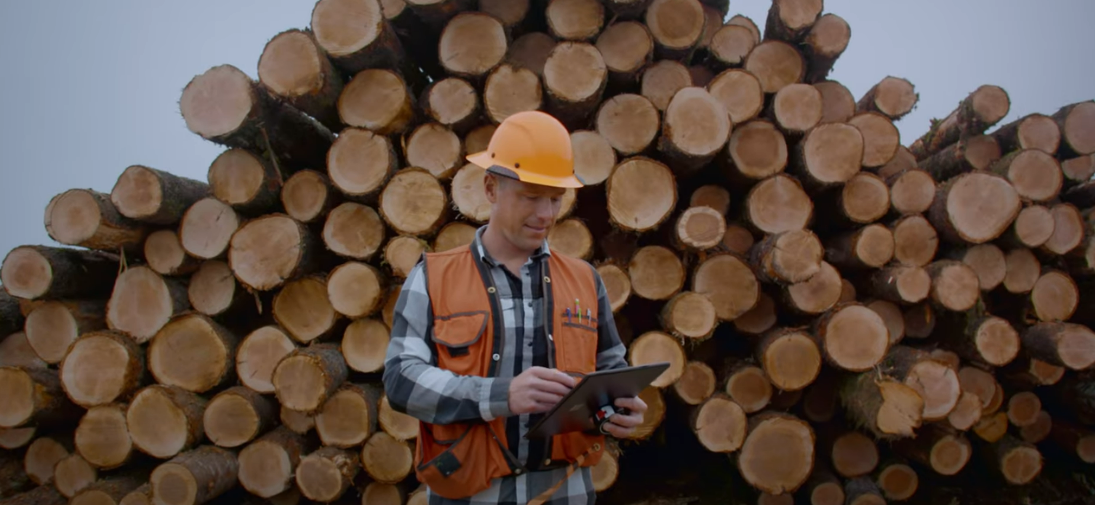Recent Blog Posts
Key Documents & Issue Papers
MANAGED FORESTS AND WOOD PRODUCTS LOWERS OUR CARBON FOOTPRINT
The facts: Trees absorb carbon dioxide from the air as they grow, store carbon in the solid form of the tree, and the carbon is not released unless trees or wood decay or burn. When wood is used in building products carbon stays in the built environment for decades.
The building sector emits nearly 40% of the world's carbon. We can lower our carbon footprint by using wood.
MANAGED WORKING forests FAQs
Absolutely. Washington’s working forests plant three trees for every one tree harvested, ensuring a renewable supply of timber products for generations to come.
No – carbon stays in harvested wood products. Whether trees are standing tall in the forest, or the wood is used to build homes and skyscrapers, trees store carbon in the wood.
When trees are harvested, carbon stays in the wood, branches, needles, and bark. Healthy managed forests absorb twice the carbon and hold onto three times the carbon as unmanaged forests.
Not unless they are left in the forest to decay or burn. Wood stores carbon and wood products store carbon for the life of the useful product. The Pacific Northwest produces the highest level of softwood lumber in the nation, storing carbon for 80-100 years in lumber used for building homes, and engineered wood products such as Cross Laminated Timber (CLT) used to build buildings.
The carbon a tree stores while it is growing in the forest remains locked in the trunk, branches, roots and leaves even after it is harvested. In fact, stored carbon makes up half of wood’s weight, making durable timber products like buildings, furniture, toys, musical instruments and anything else made of wood carbon sinks.
Absolutely. Trees are a renewable resource. In fact, the trees harvested from Washington’s working forests today were planted 30 to 50 years ago knowing that they would one day be gathered to provide society with an environmentally friendly material for shelter, public infrastructure and other products that enhance our quality of life. It is this forward-thinking approach that ensures a sustainable supply of timber and other wood products for future generations.
That is an oversimplification that falls short of accurately describing the sustainable forestry approaches Washington’s working forests adhere to. Before a planned harvest, working forests identify riparian buffers, wetlands, steep slopes and other protected areas to avoid. Once these safeguarded areas are set aside, working forests sustainably harvest the land.
No. In forestry speak, the process of cutting trees on working forest lands is called harvesting. It is part of continual cycle of planting, harvesting and replanting to provide a sustainable supply of wood and wood products that benefit communities, our economy, the environment and wildlife.
Untrue. Manufacturing steel, concrete and plastic are high energy-intensive and carbon-intensive processes. Timber, on the other hand, is renewable and environmentally friendly because it takes far less energy and fossil fuel to produce wood products.
Absolutely. Sustainable timber harvesting mimic natural disturbances, benefiting small and large animals. For example, open areas created after provide grass and small plants for large mammals like elk to forage. In protected areas, working forests use science-backed approaches to both keep our state’s endangered and threatened species safe and keep wildlife habitat healthy.
Sustainable forestry is not about leaving forests untouched. Washington’s working forests strike a commonsense balance benefit the environment, wildlife, economy and society through responsible and sustainable forest management approaches.
Definitely not. The past decade of large-scale wildfires has made abundantly clear that leaving forests untouched and unmanaged can lead to catastrophic consequences. We need look no further than federally owned forests where densely packed forests have created dangerous fuel loads. Managed forests are healthy forests that are more resilient during times of stress like drought, extreme heat, infestation and disease.
22.4 mm acres of WA FOREST LAND, more than half is unmanaged
Managed Working Forests: A Key Solution for Climate Mitigation
Harnessing the Power of Growing Trees
Healthy, growing trees are a powerful tool for combating climate change. With Washington’s rich soils and a staggering 9.2 billion trees in our forests, we have a remarkable opportunity to make strides toward carbon neutrality.
The Consequences of Neglect
Failure to care for our forests results in weakened trees that can’t effectively remove carbon dioxide from the atmosphere. Surprisingly, Washington now has over 650 million standing dead trees, with 55% found in previously managed National Forests. This situation not only releases carbon but also heightens the risk of devastating wildfires. In fact, this equates to 80 dead or dying trees for every person in the state, pushing us further from our carbon neutrality goal.
In Washington, nearly 175,000 acres burned in 2022, however, the average number of acres burned in wildfires between 2014-2021 was 607,813 acres each year, emitting more than 8.6 million metric tons of CO2e each year. This is equivalent to emissions from driving 1.9 million cars each year, that’s 64% of the 2.98 million registered cars in Washington. (Source: Forest Health Treatment Framework 2014‐2021 (pg 147) and Washington State Greenhouse Gas Emissions and EPA’s Greenhouse Gas Equivalencies Calculator)
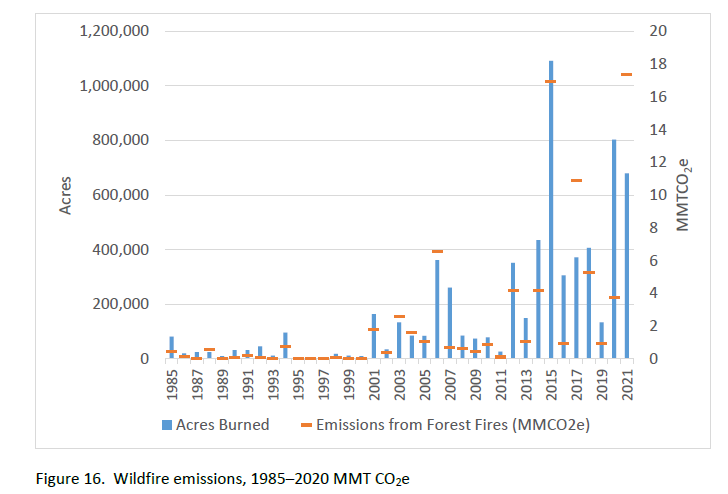
A Balanced Solution with Managed Working Forests
Managed working forests provide a vital solution to this pressing issue. By maintaining healthy, growing forests and simultaneously producing valuable wood products, we can effectively lock away carbon and prevent its release into the atmosphere.
The Carbon Sequestration Advantage
Consider this: on average, each acre of managed Forest Industry lands sequesters an impressive 4.9 tons of carbon dioxide annually. Over half of this stored carbon is transferred into the harvested wood products. This is a stark contrast to formerly managed National Forests, where only 2.9 tons of CO2 are sequestered. In these forests, a staggering 70% of annual growth is lost due to dead and dying trees, which emit carbon. Worse yet, in the event of a forest fire, all the carbon stored in these trees is released back into the atmosphere in one catastrophic event.
Managed working forests represent a practical and sustainable solution to mitigate climate change. By nurturing our forests and responsibly utilizing their resources, we can continue towards the path of carbon neutrality while benefiting from the wood products they provide.
Source: Ganguly, I., L. Droog, F. Pierobon. 2023. Global Warming Mitigating Role of Forests in Washington State, by Land Ownership Type.
FORESTER'S CORNER
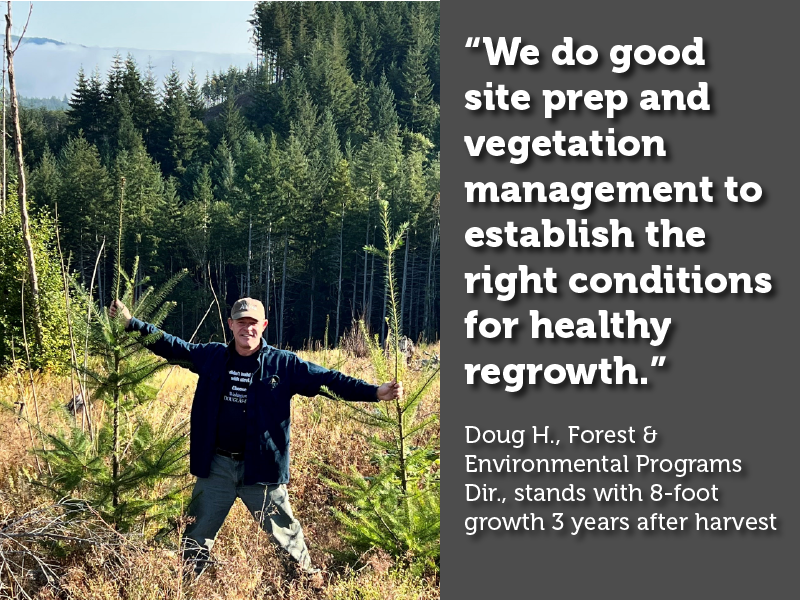
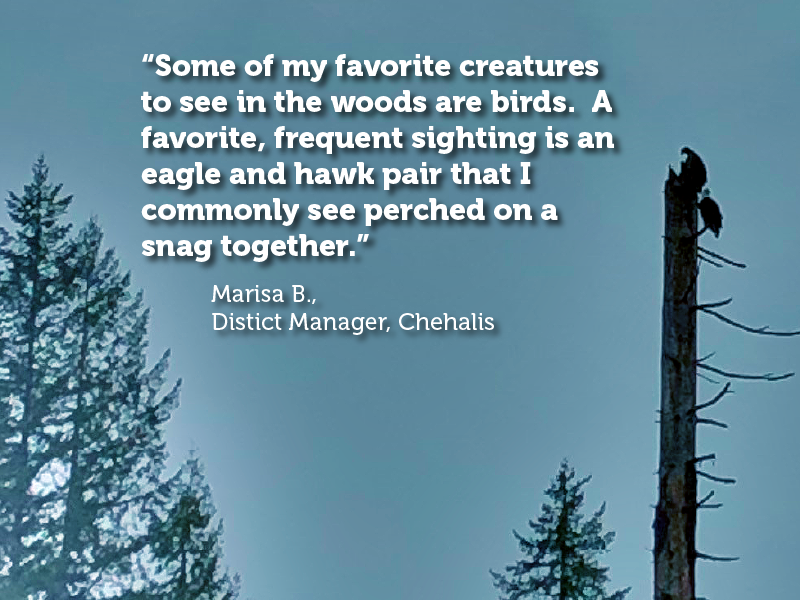
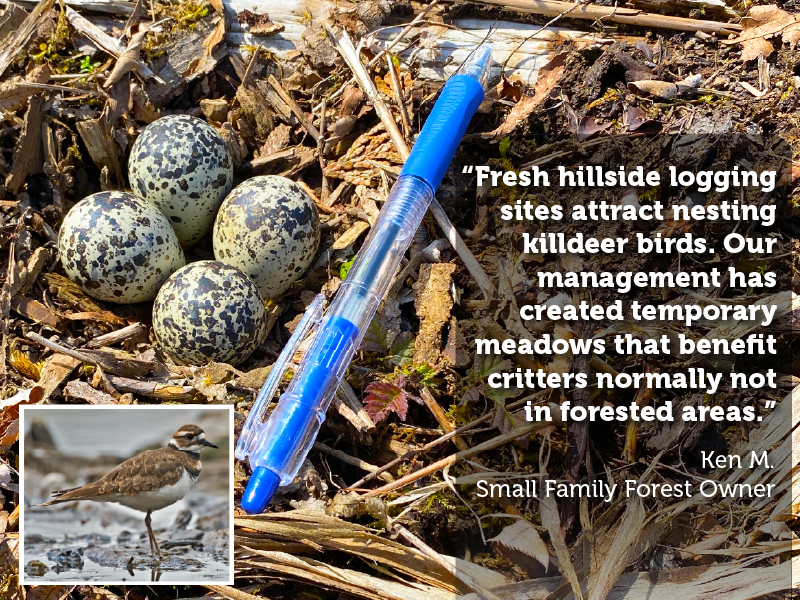
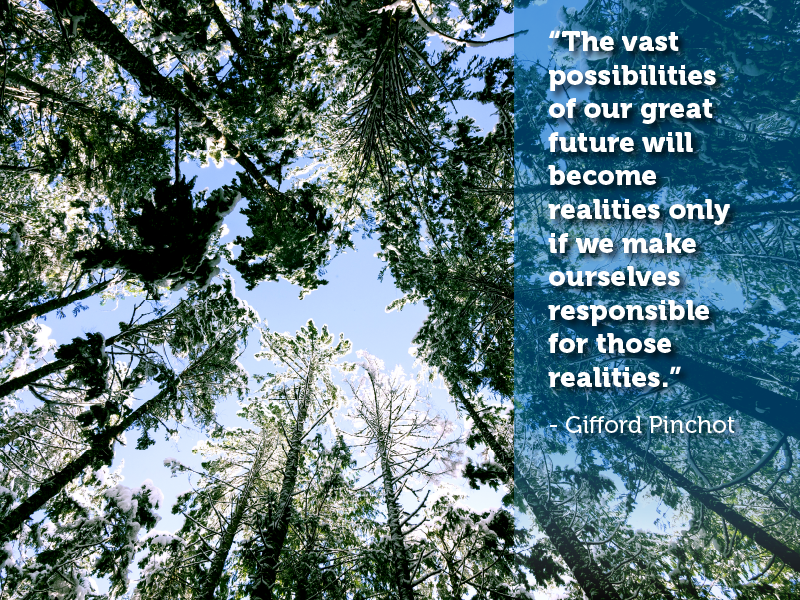
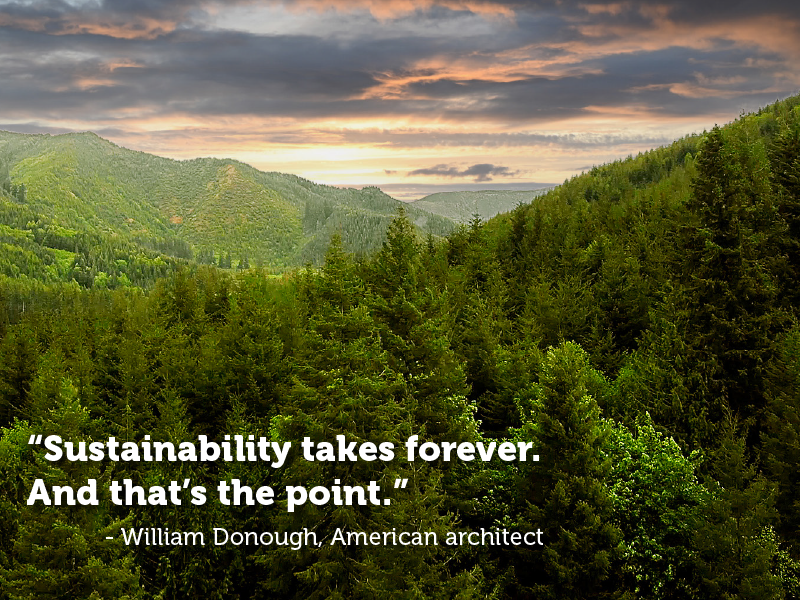
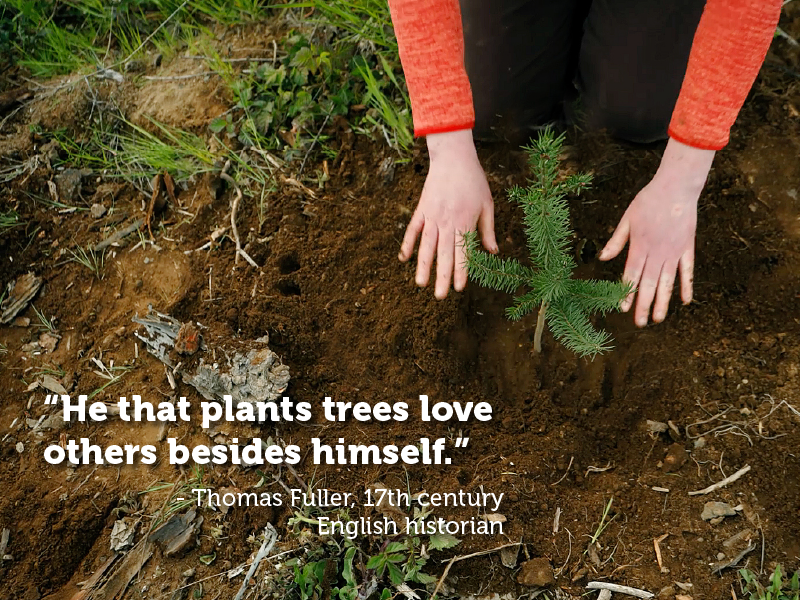
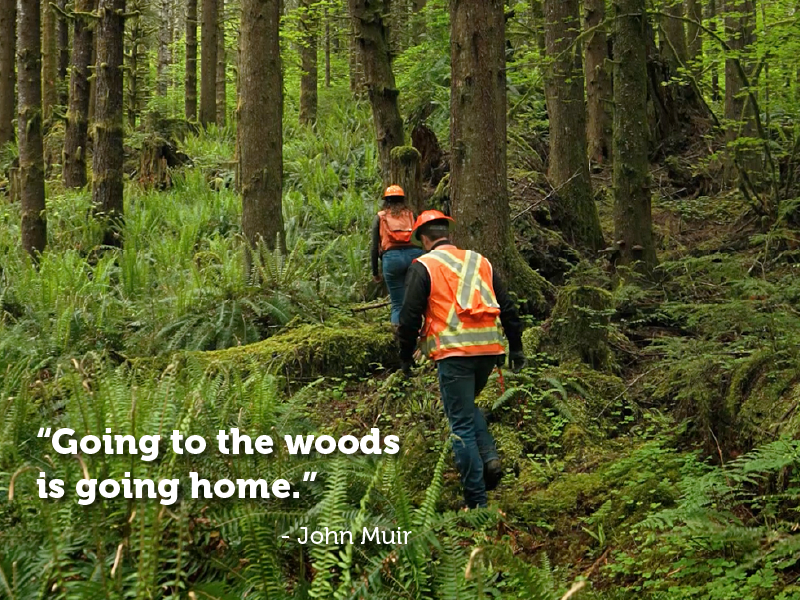
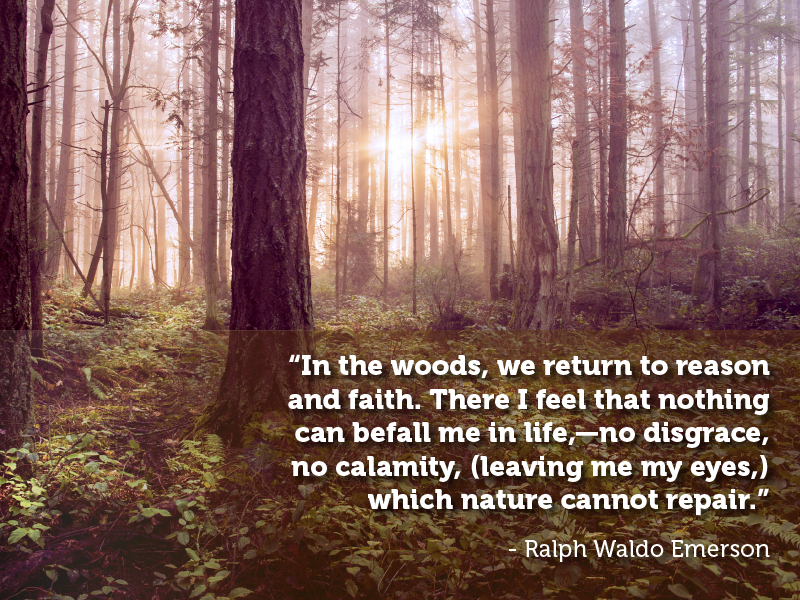
Explore More Topics
-
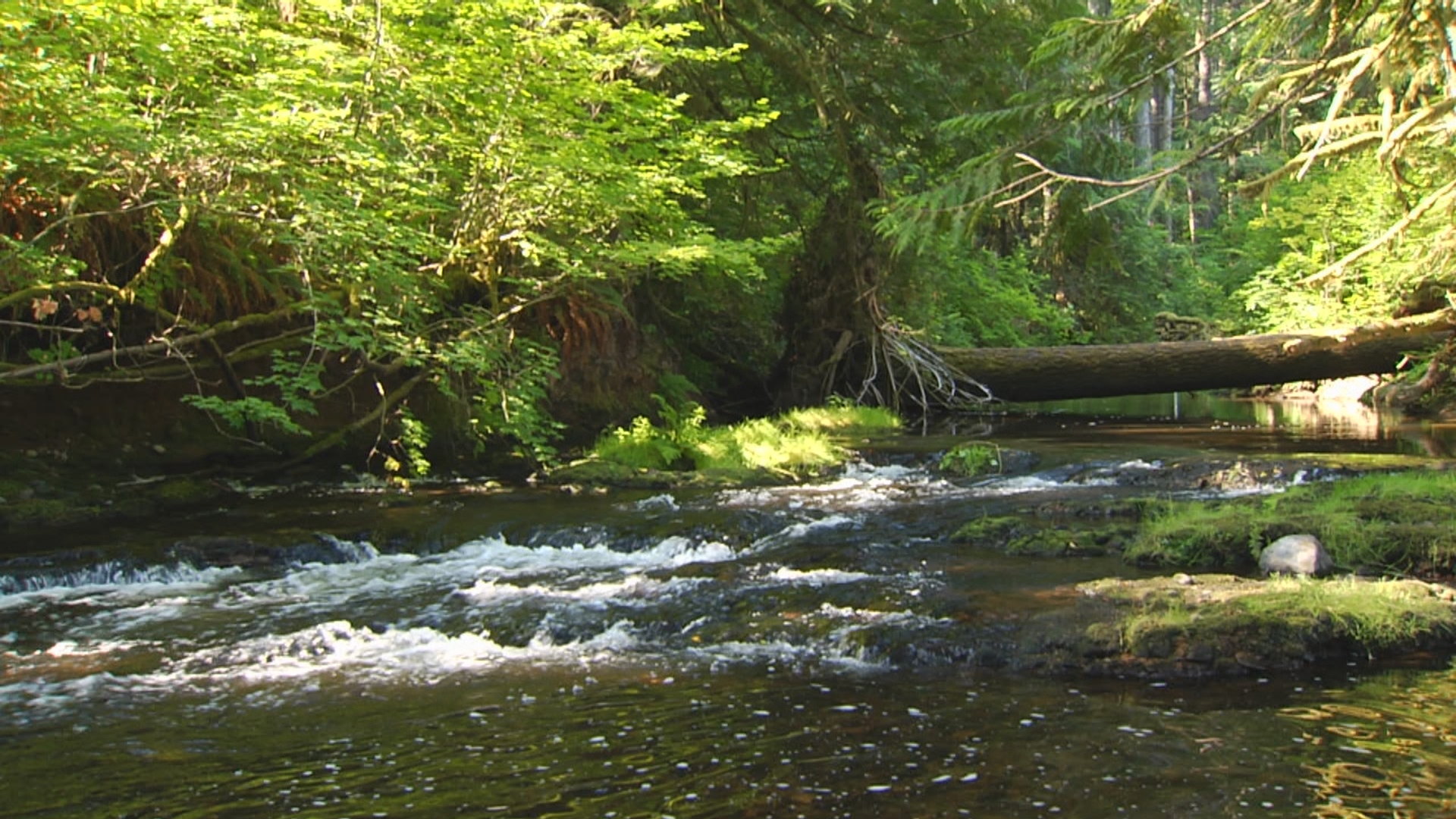
-
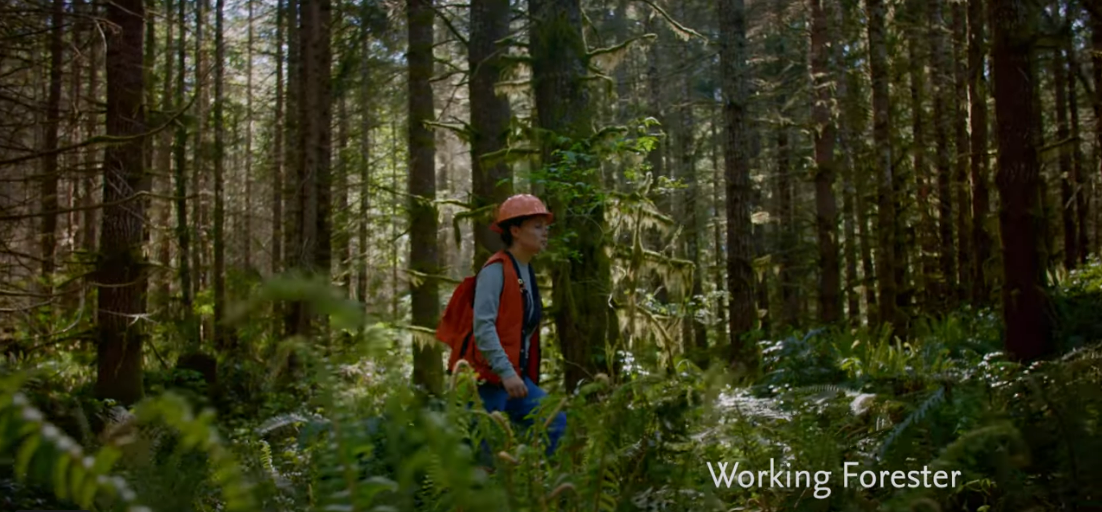 Forests & Wood lower carbonForests & wood products offset 35% of WA's annual emissions
Forests & Wood lower carbonForests & wood products offset 35% of WA's annual emissions -
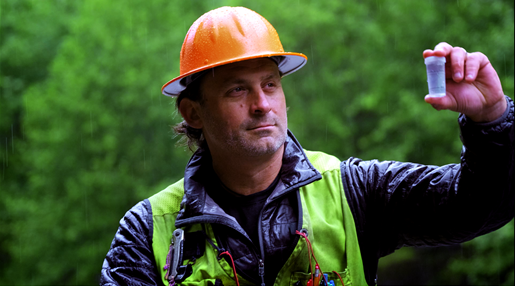
-
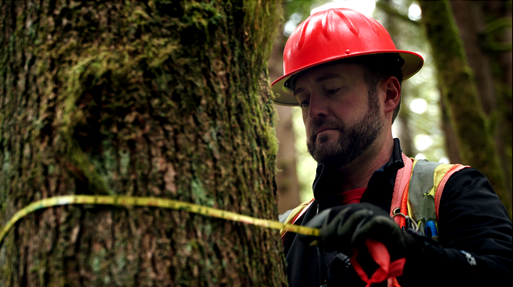 Sustainable Supply of Wood ProductsGrowing climate friendly wood
Sustainable Supply of Wood ProductsGrowing climate friendly wood -
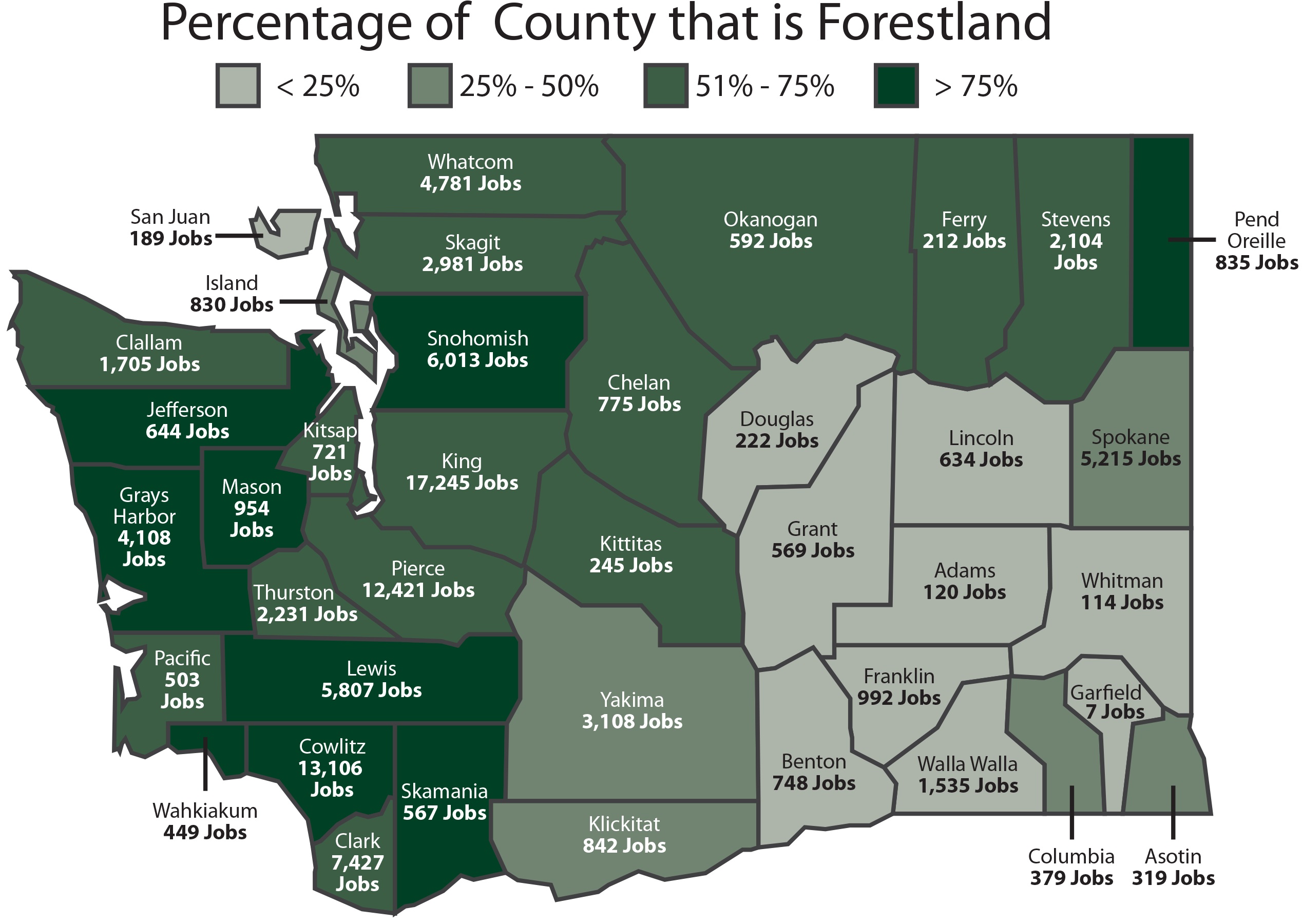
-
 LOGGER SAFETY INITIATIVEPromoting a culture of safety for workers in the woods.
LOGGER SAFETY INITIATIVEPromoting a culture of safety for workers in the woods. -
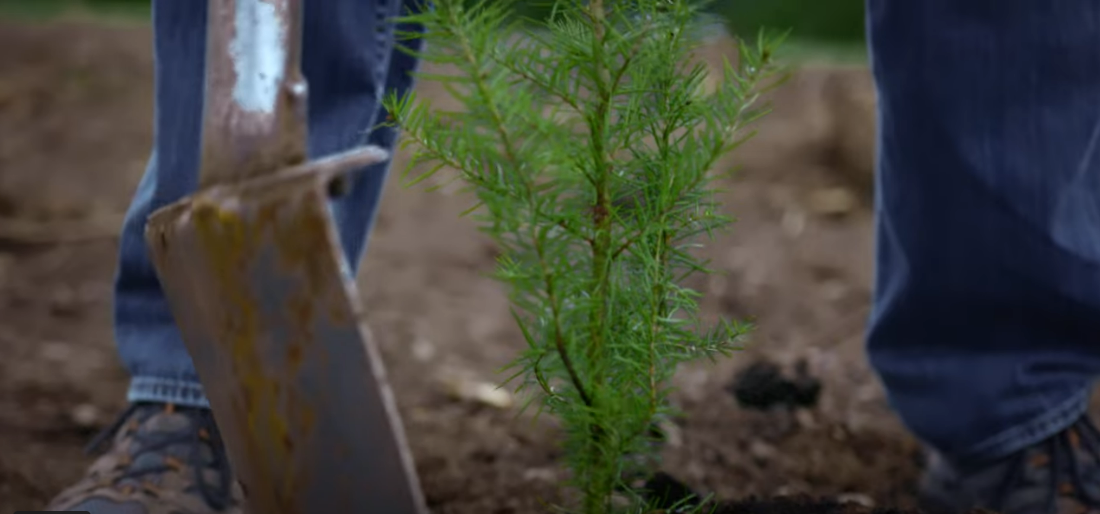
-
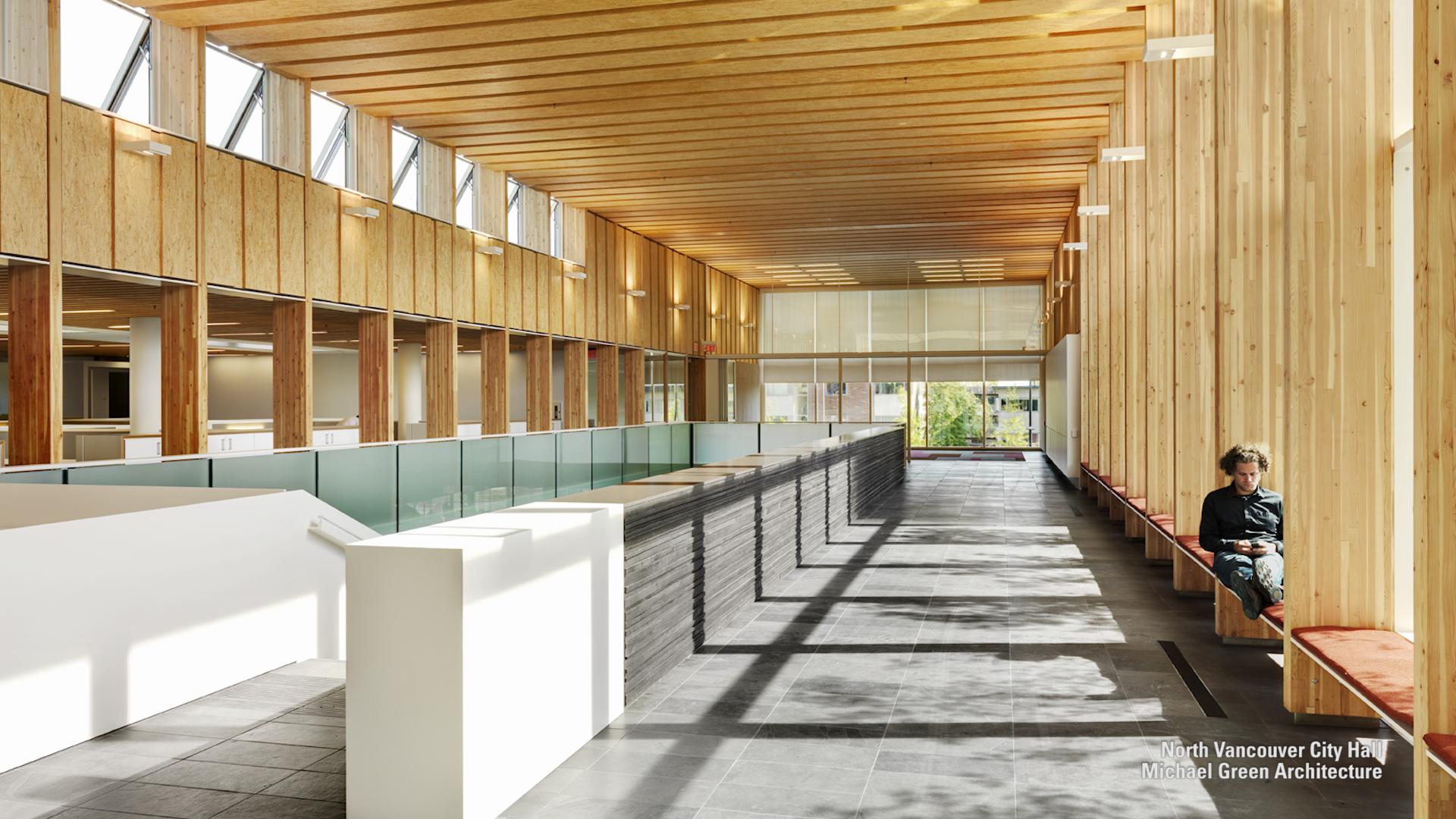
-
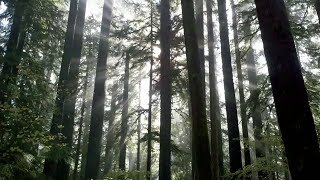 POWERED BY THE SUNGrowing trees absorb carbon dioxide and continue storing carbon for the life of wood products.
POWERED BY THE SUNGrowing trees absorb carbon dioxide and continue storing carbon for the life of wood products. -
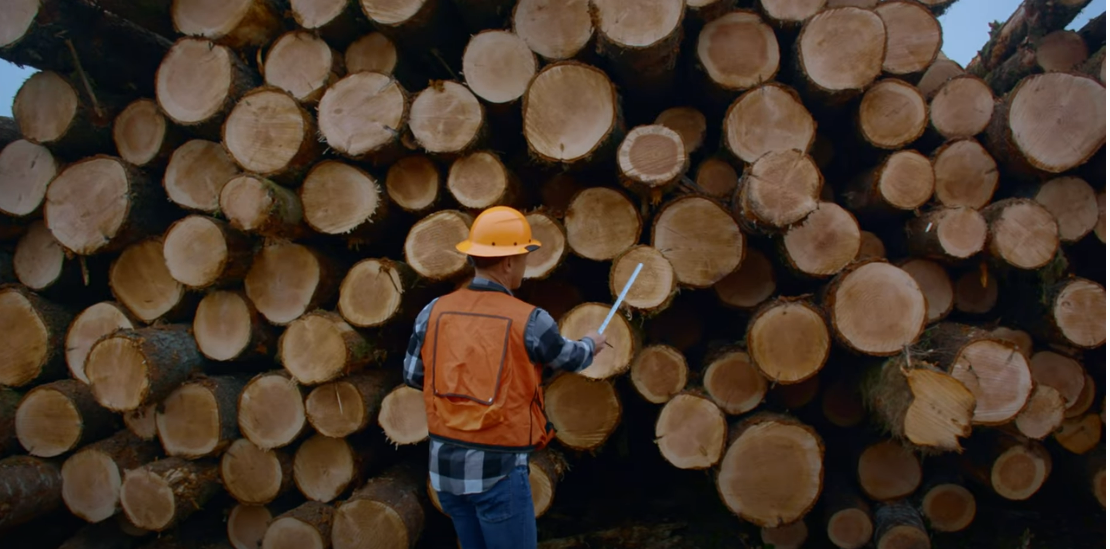 Not only is wood carbon friendlybut also recyclable and biodegradable
Not only is wood carbon friendlybut also recyclable and biodegradable -
 Preventing WildfiresLands Commissioner Franz - stop the trend of catastrophic wildfire
Preventing WildfiresLands Commissioner Franz - stop the trend of catastrophic wildfire -

-
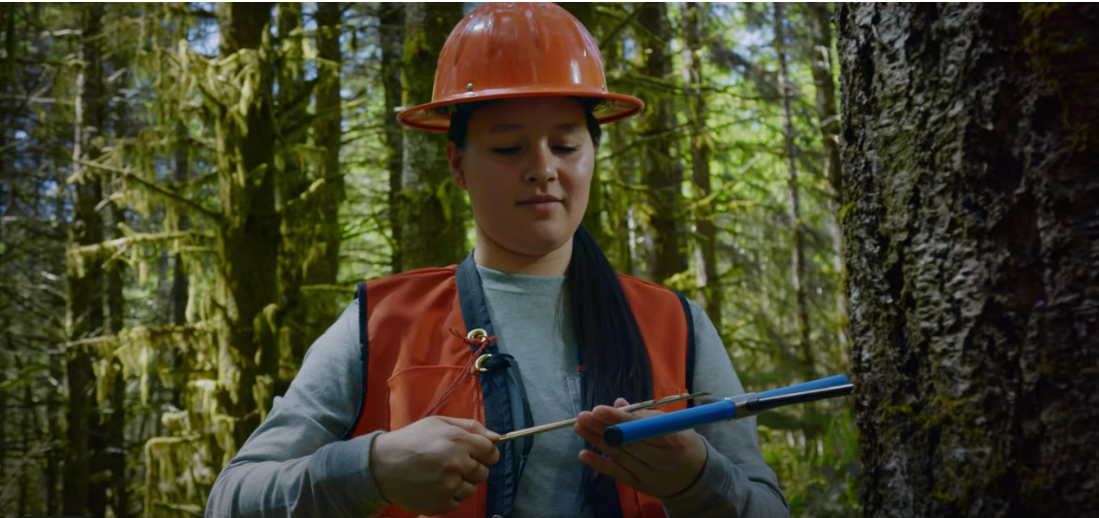
-

